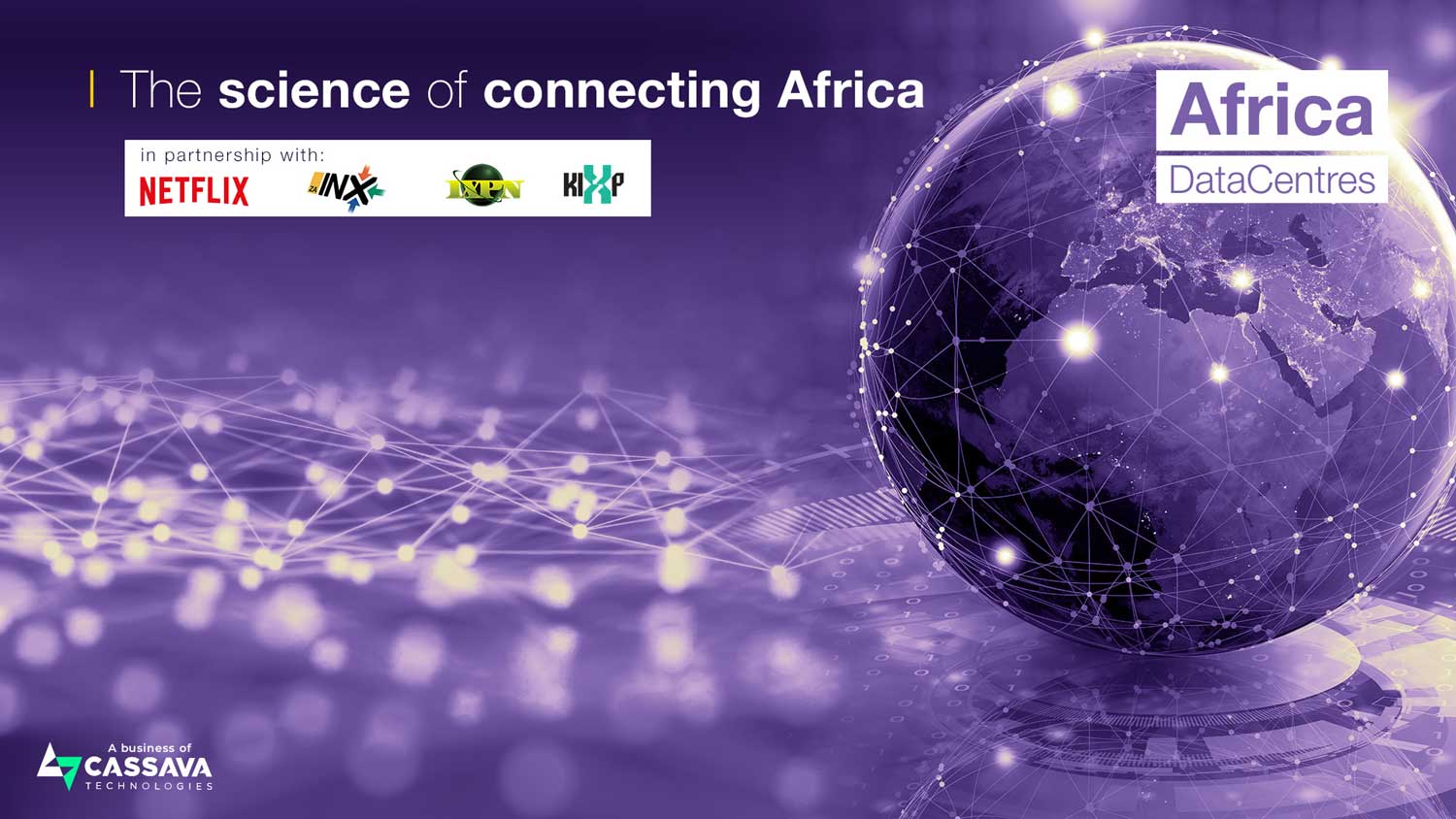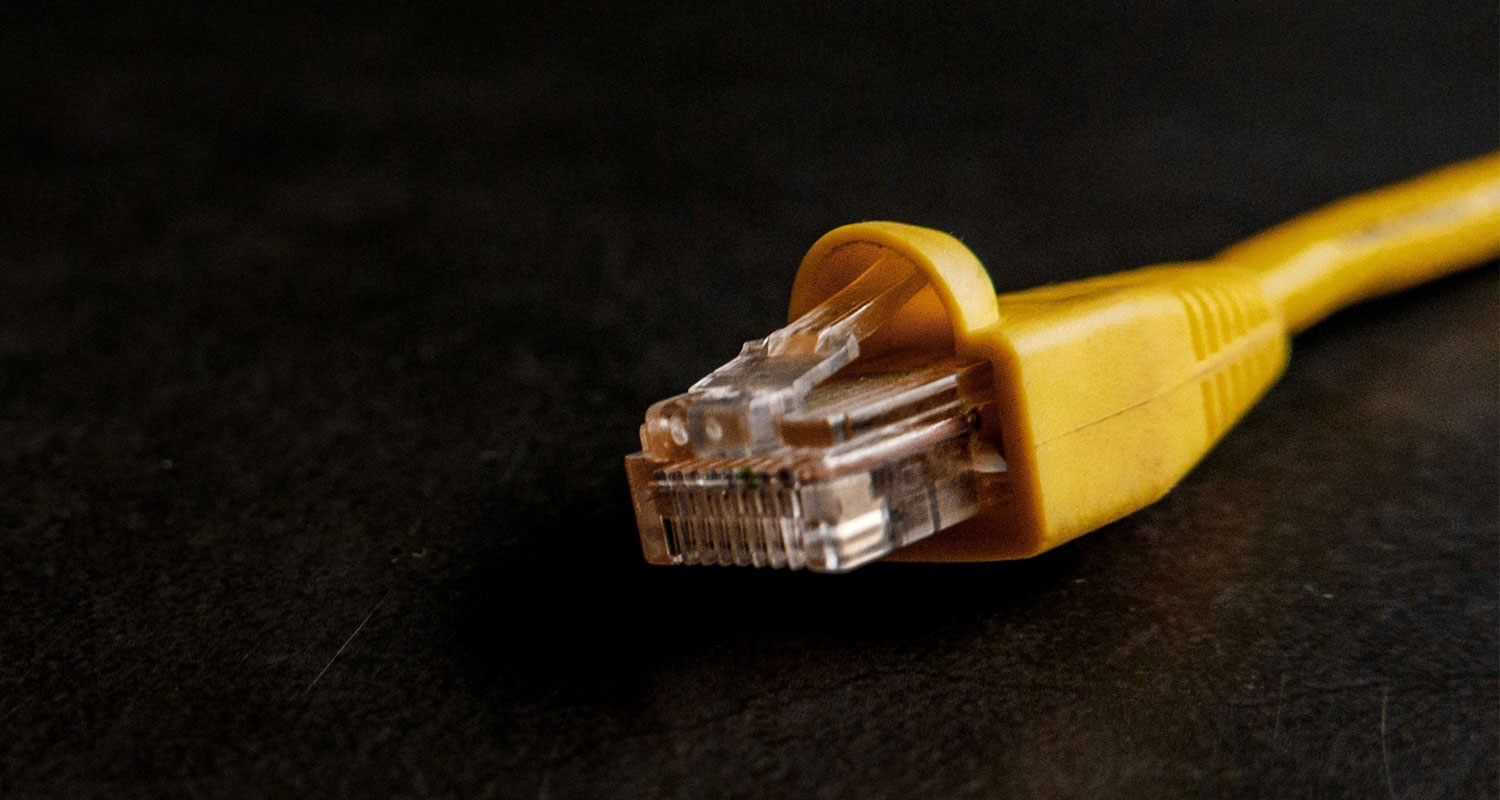 As ICT advances and innovations take the world to the next stage of its technological evolution, the importance of the data centre only grows.
As ICT advances and innovations take the world to the next stage of its technological evolution, the importance of the data centre only grows.
Data centres are at the heart of connectivity, and without them developing rich and self-sufficient ICT ecosystems remains a pipe dream. These facilities are, in fact, the heart of the Internet itself, with millions of networks and connections meeting in these facilities to provide the wide-ranging digital ecosystems that cloud, content, security, storage and financial services all depend upon.
A webinar this week, hosted by Africa Data Centres and moderated by TechCentral, featured a new generation of leaders in Africa. Africa Data Centres, Netflix, INX-ZA, IXPN and KIXP showcased how they are taking connecting Africa into their own hands through a range of initiatives and collaborations.
Enhancing connectivity
Dan Kwatch, MD for the East Africa region at Africa Data Centres, started the conversation by saying organisation is about enhancing connectivity and making sure that it serves as a critical partner by supporting the digital services that are consumed by a wide range of customers, market segments and more.
He said Africa Data Centres, as a leading pan-African data centre operator, has a presence in a wide range of geographies, and several others it plans to expand into. It also supports a global customer base that utilises its services for a variety of reasons, although the common thread is peering.
According to Kwatch, peering is critical to data centres as it is the engineering that is done at the backend by telecommunications service providers which facilitates an exchange of traffic between carriers, content players and cloud service providers. Peering supports a wide range of government services, networks and private enterprises, and improves the efficiency, performance and reliability of the Internet.
“For us, peering is not an afterthought, but a critical element to the success of Africa Data Centres, by way of ensuring that all our customers who are critical players are getting the best experience from our facilities,” Kwatch said.
Making streaming possible
Next on the agenda, Salam Yamout, Netflix’s Open Connect partner engagement director, said her company last April pledged to Google Global Cache (GGC) that it will make more content available locally, and pledged that more than 80% of its content would be streamed locally.
This would not be possible without being part of the ecosystem of partners that each play a crucial role and complement each other. However, while Africa is the highest growth region in the world, and enjoys a lot of submarine cable investment, the price of bandwidth is still higher than Europe and other nations.
Intra-African terrestrial cables are a challenge, although telecoms operators, local intranet exchange points and more regulation would address this, and ensure content could travel faster within Africa.
Community-run exchange points
From a South African perspective, Donald Jolley, network engineer at @INX-ZA, said INX’s Internet exchanges, Jinx in Johannesburg, Cinx in Cape Town and Durban’s Dinx, offer the only data-centre agnostic facility for operators to connect and peer in South Africa.
“Peering encourages the routing of domestic Internet traffic by providing an optimal path for traffic to reach other networks within the same city, country or continent.”
He also stressed the importance of community, adding that sharing stories helps to get things working, and said this led to the founding of Zanog, the South African network operator group, and its content delivery network project, which is bringing content closer to the user.
Jolley cited this as a brilliant example of how the various building blocks of the Internet got together to build and make something happen. For this vision to be realised, the project needed a data centre operator, content providers, a transit provider and Internet exchange points to connect the content providers to the mobile and ISP networks.
 Policy and advocacy efforts
Policy and advocacy efforts
Kenya Internet Exchange Point (KIXP) is another organisation that is working with the community to improve access to content and much more for its citizens, added Fiona Asonga, CEO of KIXP.
In 2002, the key expectations of KIXP were to increase the level of local traffic; to improve local Internet connectivity and efficiency; to reduce local Internet costs; to promote local content development; to encourage e-business; and to facilitate the growth and development of national research and education networks.
Asonga said there is a range of ongoing community projects that KIXP is involved with, such as setting up of KIXP point of presence (POP) in Mombasa. In addition, policy and regulatory advocacy were initiated by the community to facilitate ease of doing business and provide guidance on investment opportunities based on the existing government policy environment.
Finally, Asonga said Kenya’s community networks submit requests to have their traffic terminate at a common POP within their locality, then forward this to the main KIXP POP. “With the government going fully digital, we also set up 25 000 free public Wi-Fi hotspots and deployed an additional 100 000km of fibre-optic network. KIXP and the government of Kenya are also in the process of identifying key traffic aggregation points across the entire country.”
Talking to each other
Ending the session, Muhammed Rudman, CEO at the Internet Exchange Point of Nigeria (IXPN), stressed that connectivity partners on the African continent need to keep talking to each other to find solutions to Africa’s challenges.
Nigeria, he said, needs African regional Internet exchange points to localise Internet traffic. IXPN was chosen by African Union to be the regional Internet exchange point for the West Africa region. The benefits are clear: regional traffic is localised; there is faster Internet within the West Africa region; there is a lower-cost direct reachability between network operators in different countries; and a more optimal use of existing connectivity infrastructure in the region.
He added the impact of what Africa Data Centres is doing can be clearly seen in Nigeria. “When I started, they were no carrier-neutral data centres, we had to build our own facilities that we occupied and we had to run them around the clock.”
They faced challenges such as erratic electricity, around-the-clock staff and more. “Carrier-neutral data centres significantly reduced our operational cost, and over the years, because of the presence of the exchange points, truly facilitated interconnectivity.”
- This promoted content was paid for by the party concerned




